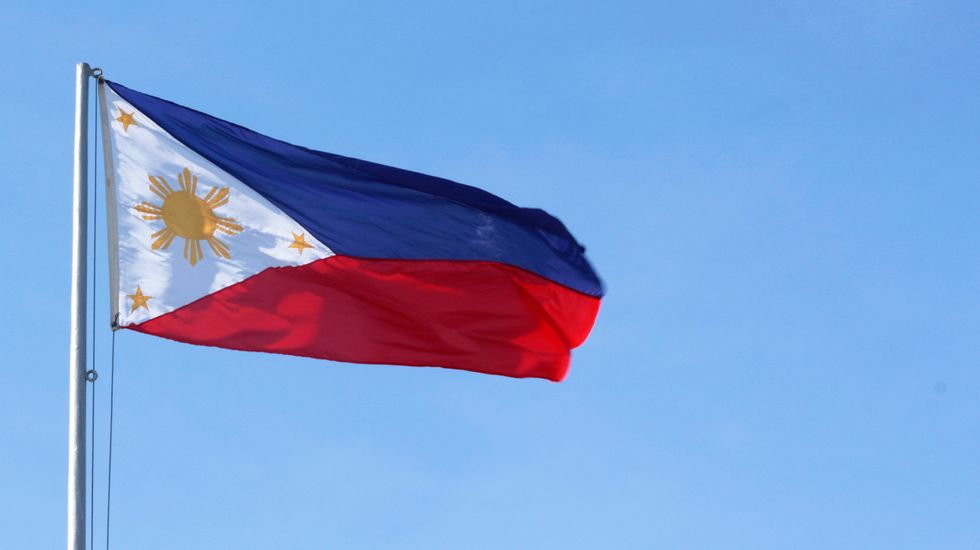Today is July 4th, Happy Independence Day!
Wait, you think I mean for America? You see…this isn't exactly the time for celebrating this country's liberation from British rule when it can't even guarantee the freedom of all of its citizens and residents.
I meant Happy Independence Day for the Philippines!
Today is Filipino Republic Day, also called Filipino-American Friendship Day. It's technically our second independence day--the first was on June 12th, 1898, where the Philippines' first president, Emilio Aguinaldo, established the Philippine Declaration of Independence from Spain. However, Spain didn't recognize this declaration and instead ceded the Philippines to the United States in the 1898 Treaty of Paris. (Funny how I learned about the Treaty of Paris in my history classes but no one mentioned that my birth country was given up for that cause… We need more global representation in history classes.)
July 4th, 1946 was the day the United States granted the Philippines "real" independence following World War II. It was considered the official Philippine Independence Day until President Diosdado Macapagal signed a law that designated June 12 as Independence Day instead.
Cool, right? Now, let me teach you a bit more about Filipino culture with 5 things only Filipinos understand:
1. Line Dancing
Does the title "Cha Cha Slide" sound familiar to you? It's one of many songs used for line dancing at Filipino parties. It's one of my favorite things to do at any party--there's nothing like going all out on the dance floor with friends and family! Other popular songs include Earth, Wind, and Fire's "September," "TodoTodo," "Chilly Cha Cha," "Totoy Bibbo," the "Cupid Shuffle" (my personal favorite), "Cotton Eye Joe," the "Electric Slide," and of course, the "Macarena."
Filipino American University Students Association- Line Dancing - Septemberwww.youtube.com
Filipino American Student Association Line Dancing - FASA 2013 @ Ramapo College of New Jerseywww.youtube.com
2. Mano po
Like many Asian cultures, respect to elders is of utmost importance in the Philippines. From a very young age, we are taught to mano as a sign of respect and to receive a blessing from those older than us. Pagmamano is a gesture where a younger person takes the right hand of an elder person—like their parents, grandparents, aunts, or uncles—and gently touches the back of it to their forehead. The word mano is Spanish for hand, and po is a common Filipino word used as a sign of respect when talking to someone older. This is typically done when you enter an older relative's home or whenever you see them.

3. Po and Opo
Like I mentioned in the last point, po and opo are both common Filipino words used as a sign of respect when speaking to an older person, or customarily from a worker to their customer. This is an important Filipino value. The word po is usually affixed to the end of a phrase or sentence when speaking, and the word opo is used as a gentler, more respectful way of saying "yes" or agreeing with an older person. Respect your elders, kids!
Po & Opo of the Filipinos: Where did it come from?www.youtube.com
4. Kamayan
A kamayan is a communal-style Filipino feast where a lot of food is laid out on banana leaves and eaten without utensils. You may ask, what do we use to eat, then? Let me give you a hint… kamay is the Filipino word for hand. The banana leaves cover the whole table that you're eating on, so you can imagine the amount of food that goes on it. It's also seen as a military style of eating, so it's also known as a "boodle fight." My mouth is watering just thinking about it… not only is it a great way of coming together with friends or family, your stomach will definitely leave the table happy!

5. Tabo and timba
What's a shower? We've never heard of it. Toilet paper shortage? No problem! The tabo (tubby) and timba (pail) are Filipino bathroom essentials used for cleansing, bathing, and cleaning. Running water is not common in Filipino households; it usually just comes out of the pipes at set times of the day in order to conserve water. You can find a tabo under almost any faucet, ready to collect water whenever it starts flowing! We then use the timba to pour smaller amounts of water for whatever we need it for—it gives a really good massage when you pour water over your head during a bath!

As a 1st generation Filipino-born American, I hope you can celebrate Filipino Republic Day with us for every 4th of July to come!






 The minimum wage is not a living wage.
StableDiffusion
The minimum wage is not a living wage.
StableDiffusion
 influential nations
StableDiffusion
influential nations
StableDiffusion











